News
TIFF Interview: Neasa Hardiman on ‘Sea Fever’, Inspiration, and Superstition
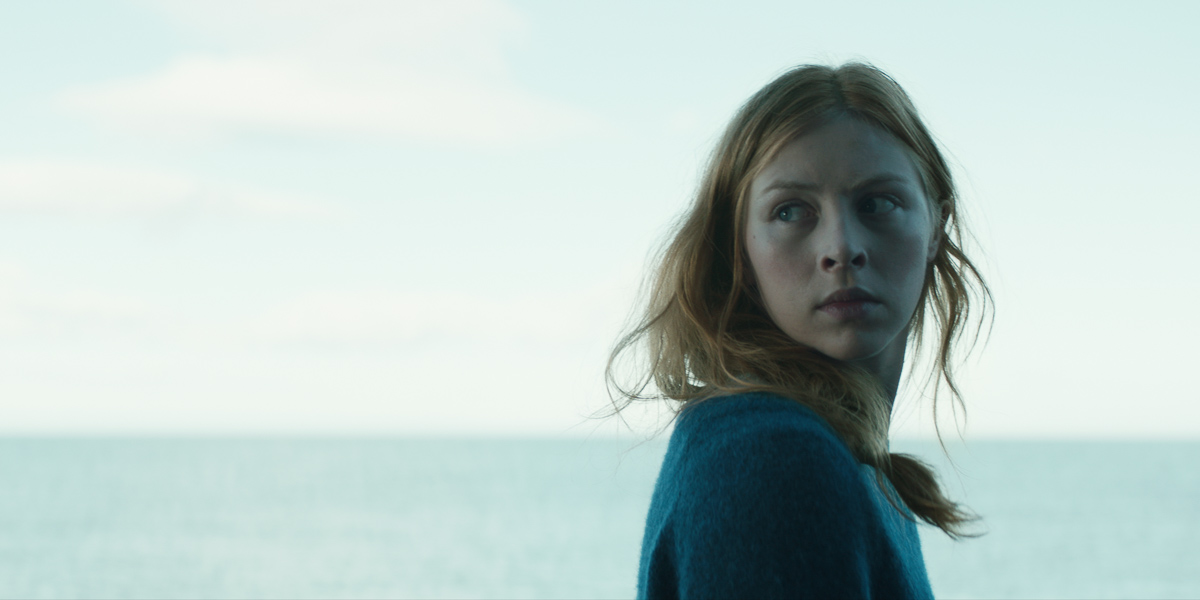
Sea Fever — which played at the Toronto International Film Festival as part of their Discovery program — is a captivating exploration of the horrific unknown of our natural world. Both beautiful and terrifying, think The Thing at sea; otherworldly entities and a seeping paranoia flow through Sea Fever in waves, knocking the film’s characters around as they try to keep their heads above water.
Writer/director Neasa Hardiman has won several awards for her documentary and television work. She’s brought her realist sensibilities to Sea Fever, crafting a heartfelt and genuine film with a heavy dose of dread. I had the opportunity to speak with Hardiman about inspiration, superstition, Irish horror, and women in film.
Kelly McNeely: What was the genesis of Sea Fever? Where did this idea come from?
Neasa Hardiman: I think one of the things that I wanted to do, was I wanted to tell a story that was contained, that allowed the exploration of character and that had a propulsive narrative drive that would keep you leaning forward in your seat. So that was really important to me.
I wanted to tell a story about a scientist, where a scientist was the lead. I think that was also really important. Because I feel like the scientist is usually kind of off to the side and a little bit amoral, and often if not quite a figure of fun, a figure of unease. So I wanted to place that figure front and center, and go, let’s just unearth what that is and where that weird cultural trope came from.
KM: I love that with the scientist in the forefront, because instead of it being a militarized “let’s kill this thing,” she very much wants to study it and keep it alive and protect it, which I think is an absolutely gorgeous idea.
NH: Oh brilliant! It’s that third act thing, right? The expected third act in a film like this becomes “chase-fight-chase-fight-confrontation-death” [laughs]. And it was something I was really aware of. I remember seeing David Hare — the screenwriter — and he said essentially a feature film is three stories. You’ve got a story in the first act that turns left, and you get a completely different story in the second act, and then there’s a second left turn and you get a third story in the third act. He said most films only have two stories because it’s really hard [laughs].
I thought, ok, well I’m really gonna take that to heart and we’re not going to do chase-fight-chase-fight, we’re going to make the third act about something else, and it’s got to be about taking responsibility, it’s got to be about that kind of broader theme of the story.
So the third act has to be about taking responsibility for this animal that has accidentally arrived in this space; it doesn’t want to be there, they don’t want it to be there, and they’ve got to get it out. And so there’s taking responsibility for that. And then obviously at the very end of the story it’s also about taking responsibility for what’s happened to Siobhan, and she has to do the moral thing at the end.
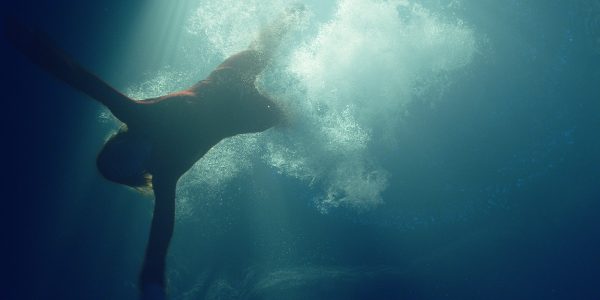
Sea Fever via TIFF
KM: I do love the ending, too. Usually it’s not the female character that gets to have those wonderful moments, usually it’s the male character, like “Oh, I’m going to save the day”. So I love that she’s able to step in in a really beautiful and organic and healthy way. I think that’s really lovely.
NH: Good! [laughs]
KM: There’s some really spectacular gore in there as well, some wonderful body horror. Did you use practical effects for that or was it mostly CGI?
NH: A lot of it is CG, and we did have some really brilliant puppeteers so there’s a shot in the sink where there are little animals crawling around in the sink, and that’s all live on the day made of seaweed with little bits of iron filings in them and a puppeteer underneath the sink with a magnet [laughs]. So that was really fun. And the puppeteers also made the sea creatures, those tendrils. And we had terrific CG designs as well; Alex Hansson generated all the big, beautiful, mesmeric images.
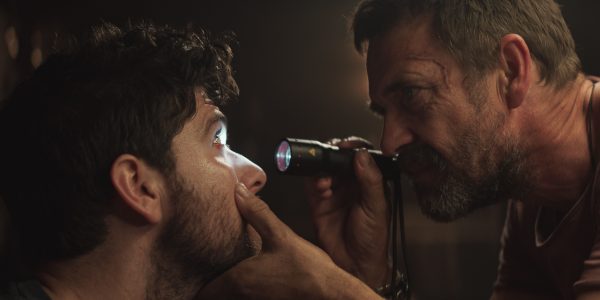
Sea Fever via TIFF
KM: There are some big themes in Sea Fever with family, nature, sacrifice, nautical superstitions… what do themes mean to you, and what did you want to bring out in the film with those themes?
NH: Really what was interesting to me was when I was kinda teasing out where do I want the story to go, how do I want it to live, was this notion of the scientific method and being really rational. And I thought ok, if you push that to an extreme, what’s the real extreme of that? And the real extreme of that is a lack of social connection.
That there’s a degree to which magical thinking allows me to pretend that I understand what you’re thinking, and you pretend you understand what I think, and we make a connection that way, and actually that’s valuable. There’s a warmth in that that allows us to feel good about one another. So I was kind of researching into that, and researching into cognitive styles, and what are the difficulties and advantages of different cognitive styles.
I thought if that’s one end, where you acknowledge that part of the scientific method allows you to be really humble about your place in the world, and to acknowledge that there’s very little that you can influence, but you can observe and try to understand. And then what’s the other extreme?
The other extreme is superstition. Like I knock on the table and that means that the bad luck that I’ve thought about won’t happen. So there’s this illusion of control, this illusion that you control everything. I thought there are two extremes that we can explore through the story, and this notion of the advantage of being very clear about the minimal input of your place in the universe and the scientific method and humility and clarity, could also leave you quite isolated, and that’s very painful. Versus reading meaning into absolutely everything and thinking that, you know, entrails are going to tell you what the weather is going to be like. Which is very connecting, but it doesn’t really help you in the world.
And the interesting thing that I discovered — and it’s kind of a banal thing to say — but the less control that you have over your life, the more likely you are to turn to magical thinking to give you the illusion of control. And there’s nothing wrong with that! That leap of faith which is a non-rational, non-logical form of thinking can be really valuable and enriching and nourishing, and there’s nothing wrong with that. And it does unify us. As a community and a species, we need that. We need to feel unified and we need ritual and we need community and shared beliefs in order to be happy and healthy.
So it was sort of looking at those extremes and allowing our central character who sort of starts at one end. But she’s in pain at the beginning of the story. She’s trying, but she’s just a little bit socially deaf and it’s very hard for her. And to allow her to move into a community space where she’s sharing the ritual of food and sharing that connection with people before, of course, you know, it falls apart. But she does have a rich and authentic connection as [Sea Fever] develops, while at the same time allowing the strengths of her cognitive style to drive the rest of the story.

Sea Fever via TIFF
KM: I’ve noticed that — in a lot of Irish horror — there’s a big theme of nature, and that natural theme is stunning. Is horror a big thing the way it is in America, or is genre not quite as big in Ireland?
NH: That’s a really interesting question. I’d be reluctant to generalize because I feel like every filmmaker is different, and it’s very hard to see from inside your own culture what’s going on. It’s much easier to look at it from the outside and see those motifs come up again and again.
The biggest city in Ireland only has 1.5 million people, so we don’t have a huge industrialized landscape, and agrarian culture has been a big feature of Irish life. And I think it’s quite a clannish community in Ireland; we’re very family-orientated and social connection is very important to us, and rootedness is very important to us.
There’s a rich seam of traditional mythology in Ireland and storytelling, and a lot of it is quite gothic [laughs]. The stories tend to be quite dark! As they are, I suppose, across the world when it comes to folkloric storytelling. They are those dream metaphors — don’t go into the woods at night! So I do think that informs the Irish imagination.
If you look at Irish filmmakers down the years, there often is that quite gothic sensibility at work. You look at Neil Jordan, it’s like, Jesus there’s a gothic one [laughs]. The Lodgers — that screened [at TIFF] two years ago — has that same kind of gothic sensibility. The Winter Lake has that same gothic sensibility. So, yeah… I think you’re onto something [laughs].
KM: What advice would you give to aspiring female filmmakers?
NH: I would say three things. I would say don’t ask for permission, just do it. Speak your mind. And if you’re not happy, say so.
I think it is hard, still. I’ve been working for 20 years in high-end television, and still many times when I walk on set, I am the first female director that any of the crew has worked with. It’s still weird.
There are many, many, many women in film, and there are many, many really talented women in film. And there are many famous, brilliant, super successful women in film. But statistically, there is a glass ceiling. There is a glass ceiling where there are loads of women working at a certain level, and once the budgets go up, the number of women goes down. And that’s unconscious bias. So the question is how do we overcome unconscious bias?
The truth is, it’s not just our problem. We can’t solve this on our own, we need everybody to solve this problem. It’s not an unsolvable problem — it’s a pretty easy problem to solve [laughs]. And I think the thing that we can do is just keep working, keep working. Don’t ask for permission. If people critique you, of course take it on board, consider it, absorb it, accept the critique, and keep working.
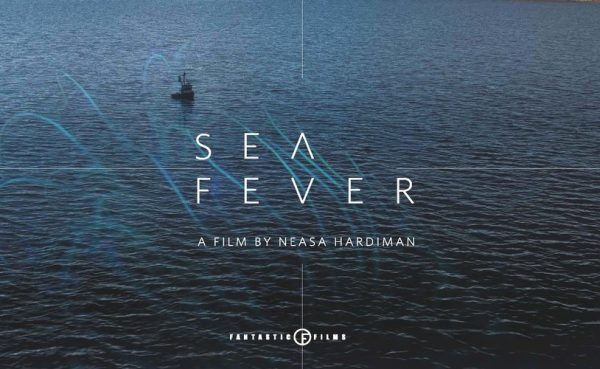
via IMDb
KM: What were your inspirations for Sea Fever, and what are you influenced by when you make a film?
NH: That’s a great question. I think loads and loads of really diverse things. I think the broader your cultural palette as a filmmaker — as a creator, generally, I’m sure you agree — the broader the better, because you never know what’s going to tickle you, or you never know when you’re working on a story problem what’s going to come from the back of your head.
It’s going to be an interview you read, or a novel that you’ve read, or something from somewhere completely different that you go, that’s really truthful and I never thought of it like that before, but that feels really authentic and human to me and I can use that experience or dramatic moment — or whatever. So I think it’s really important to stay broad and to stay interested in everything.
For this, I think that the films that influenced me most were probably films like Arrival, Annihilation, Alien, obviously… all the A films [laughs]. It’s that really nice sweet spot between rich, authentic, truthful, conflicted, layered characterization that feels grounded and real, and a dreamlike element that you bring in and go, what if. What if this. But not letting that dreamlike element take over, so not letting it become kind of just crash-bang-whollop and a series of visual effects, but rather just introducing it like dropping a stone into water so that all the ripples are the things that you’re watching. So that was sort of the idea.
For more from TIFF 2019, click here for reviews, interviews, and more!
Listen to the 'Eye On Horror Podcast'

Movies
Another Creepy Spider Movie Hits Shudder This Month
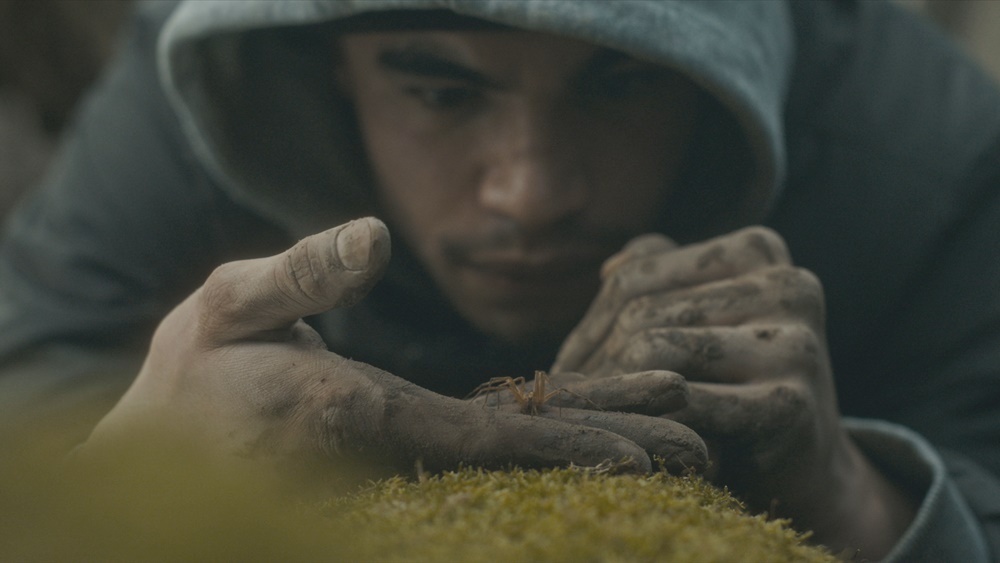
Good spider films are a theme this year. First, we had Sting and then there was Infested. The former is still in theaters and the latter is coming to Shudder starting April 26.
Infested has been getting some good reviews. People are saying that it’s not only a great creature feature but also a social commentary on racism in France.
According to IMDb: Writer/director Sébastien Vanicek was looking for ideas around the discrimination faced by black and Arab-looking people in France, and that led him to spiders, which are rarely welcome in homes; whenever they’re spotted, they’re swatted. As everyone in the story (people and spiders) is treated like vermin by society, the title came to him naturally.
Shudder has become the gold standard for streaming horror content. Since 2016, the service has been offering fans an expansive library of genre movies. in 2017, they began to stream exclusive content.
Since then Shudder has become a powerhouse in the film festival circuit, buying distribution rights to movies, or just producing some of their own. Just like Netflix, they give a film a short theatrical run before adding it to their library exclusively for subscribers.
Late Night With the Devil is a great example. It was released theatrically on March 22 and will begin streaming on the platform starting April 19.
While not getting the same buzz as Late Night, Infested is a festival favorite and many have said if you suffer from arachnophobia, you might want to take heed before watching it.
According to the synopsis, our main character, Kalib is turning 30 and dealing with some family issues. “He’s fighting with his sister over an inheritance and has cut ties with his best friend. Fascinated by exotic animals, he finds a venomous spider in a shop and brings it back to his apartment. It only takes a moment for the spider to escape and reproduce, turning the whole building into a dreadful web trap. The only option for Kaleb and his friends is to find a way out and survive.”
The film will be available to watch on Shudder starting April 26.
Listen to the 'Eye On Horror Podcast'
Movies
Part Concert, Part Horror Movie M. Night Shyamalan’s ‘Trap’ Trailer Released
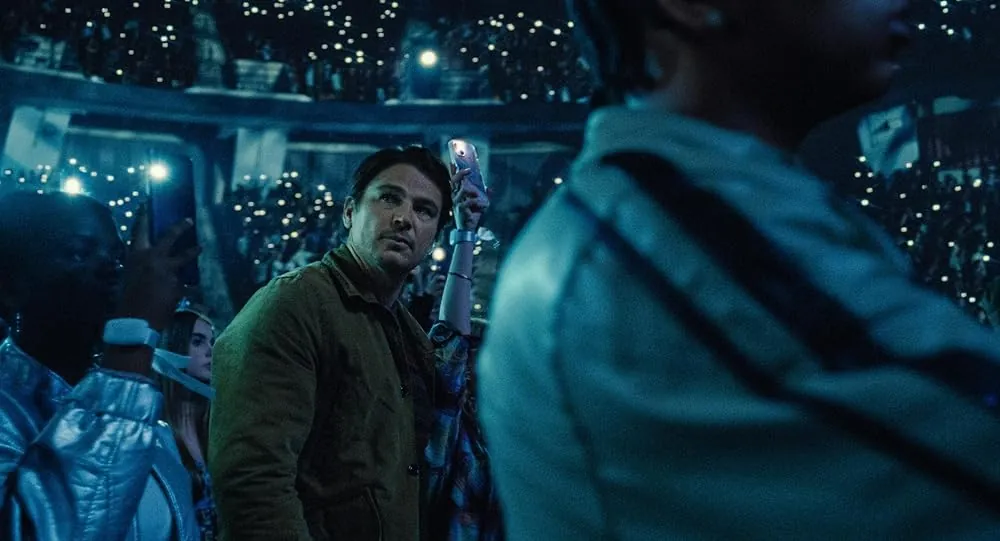
In true Shyamalan form, he sets his film Trap inside a social situation where we aren’t sure what is going on. Hopefully, there is a twist at the end. Furthermore, we hope it’s better than the one in his divisive 2021 movie Old.
The trailer seemingly gives away a lot, but, as in the past, you can’t rely on his trailers because they are often red herrings and you are being gaslit to think a certain way. For instance, his movie Knock at the Cabin was completely different than what the trailer implied and if you hadn’t read the book on which the film is based it was still like going in blind.
The plot for Trap is being dubbed an “experience” and we aren’t quite sure what that means. If we were to guess based on the trailer, it’s a concert movie wrapped around a horror mystery. There are original songs performed by Saleka, who plays Lady Raven, a kind of Taylor Swift/Lady Gaga hybrid. They have even set up a Lady Raven website to further the illusion.
Here is the fresh trailer:
According to the synopsis, a father takes his daughter to one of Lady Raven’s jam-packed concerts, “where they realize they’re at the center of a dark and sinister event.”
Written and directed by M. Night Shyamalan, Trap stars Josh Hartnett, Ariel Donoghue, Saleka Shyamalan, Hayley Mills and Allison Pill. The film is produced by Ashwin Rajan, Marc Bienstock and M. Night Shyamalan. The executive producer is Steven Schneider.
Listen to the 'Eye On Horror Podcast'
News
Woman Brings Corpse Into Bank To Sign Loan Papers

Warning: This is a disturbing story.
You have to be pretty desperate for money to do what this Brazilian woman did at the bank to get a loan. She wheeled in a fresh corpse to endorse the contract and she seemingly thought the bank employees wouldn’t notice. They did.
This weird and disturbing story comes via ScreenGeek an entertainment digital publication. They write that a woman identified as Erika de Souza Vieira Nunes pushed a man she identified as her uncle into the bank pleading with him to sign loan papers for $3,400.
If you’re squeamish or easily triggered, be aware that the video captured of the situation is disturbing.
Latin America’s largest commercial network, TV Globo, reported on the crime, and according to ScreenGeek this is what Nunes says in Portuguese during the attempted transaction.
“Uncle, are you paying attention? You must sign [the loan contract]. If you don’t sign, there’s no way, as I cannot sign on your behalf!”
She then adds: “Sign so you can spare me further headaches; I can’t bear it any longer.”
At first we thought this might be a hoax, but according to Brazilian police, the uncle, 68-year-old Paulo Roberto Braga had passed away earlier that day.
“She attempted to feign his signature for the loan. He entered the bank already deceased,” Police Chief Fábio Luiz said in an interview with TV Globo. “Our priority is to continue investigating to identify other family members and gather more information regarding this loan.”
If convicted Nunes could be facing jail time on charges of fraud, embezzlement, and desecration of a corpse.
Listen to the 'Eye On Horror Podcast'
-
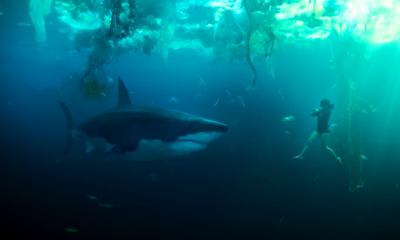
 Trailers7 days ago
Trailers7 days agoWatch the trailer for ‘Under Paris,’ the movie people are calling ‘French Jaws’ [Trailer]
-

 Movies6 days ago
Movies6 days agoErnie Hudson To Star In ‘Oswald: Down The Rabbit Hole’
-
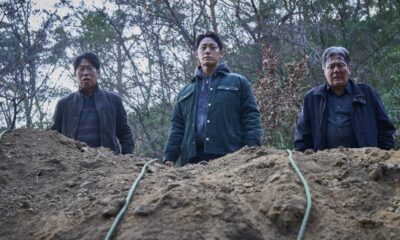
 News2 days ago
News2 days agoThis Horror Film Just Derailed a Record Held by ‘Train to Busan’
-
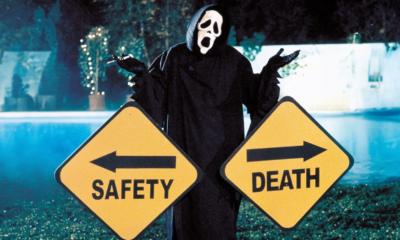
 News7 days ago
News7 days agoParamount and Miramax Team Up to Reboot the “Scary Movie” Franchise
-

 Movies3 days ago
Movies3 days agoWatch ‘Immaculate’ At Home Right Now
-

 News4 days ago
News4 days agoRead Reviews For ‘Abigail’ The Latest From Radio Silence
-
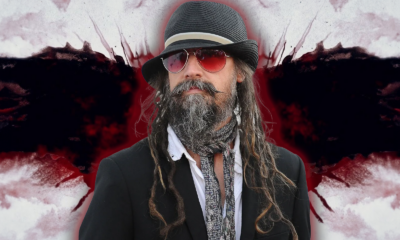
 Editorial4 days ago
Editorial4 days agoRob Zombie’s Directorial Debut Was Almost ‘The Crow 3’
-

 News3 days ago
News3 days agoMelissa Barrera Says Her ‘Scream’ Contract Never Included a Third Movie
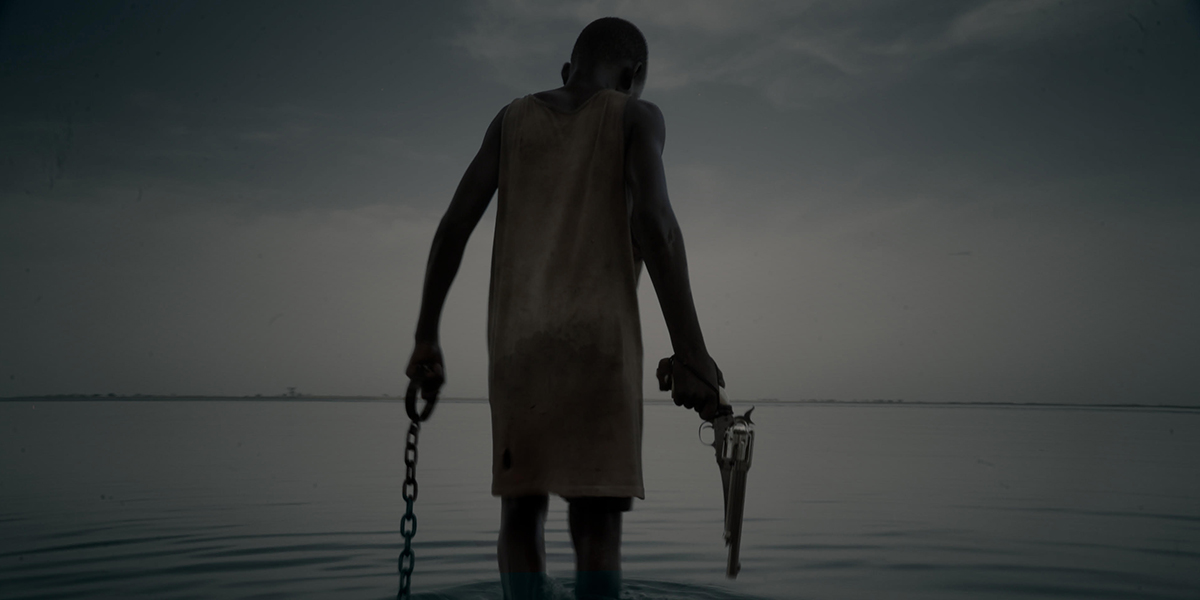
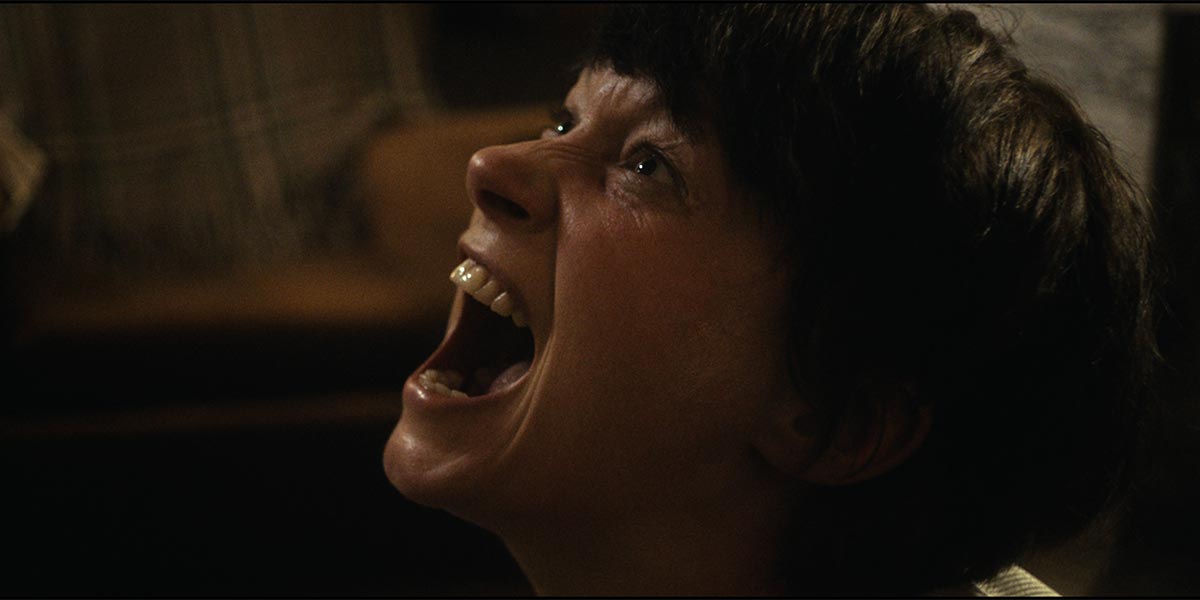
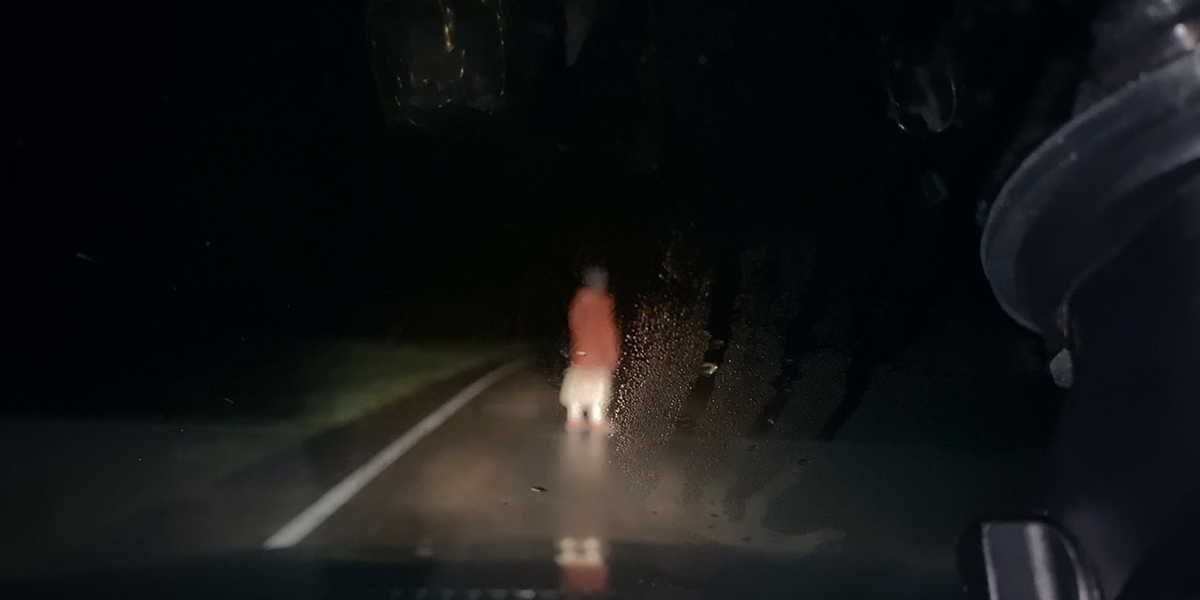




















You must be logged in to post a comment Login